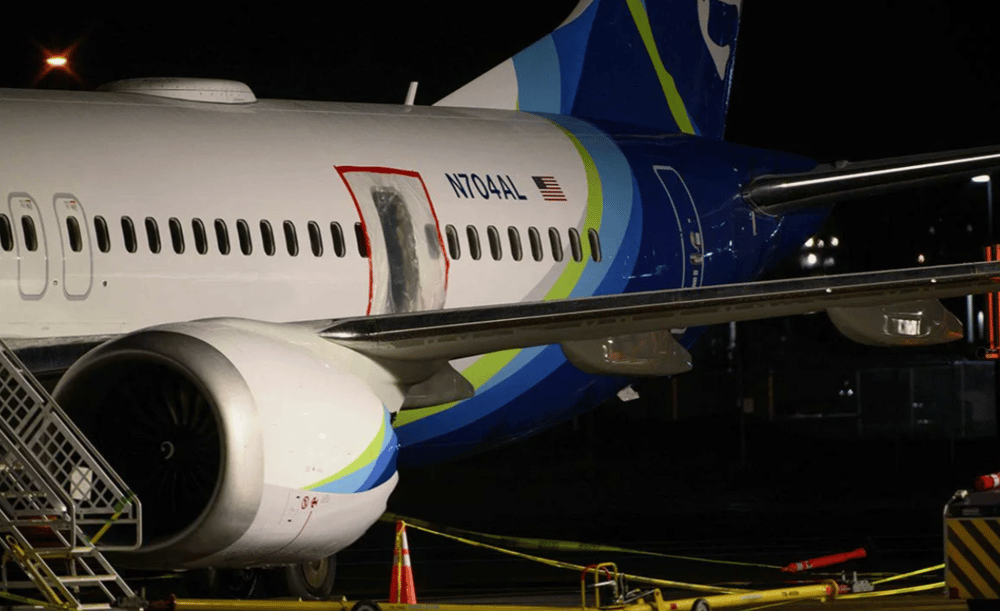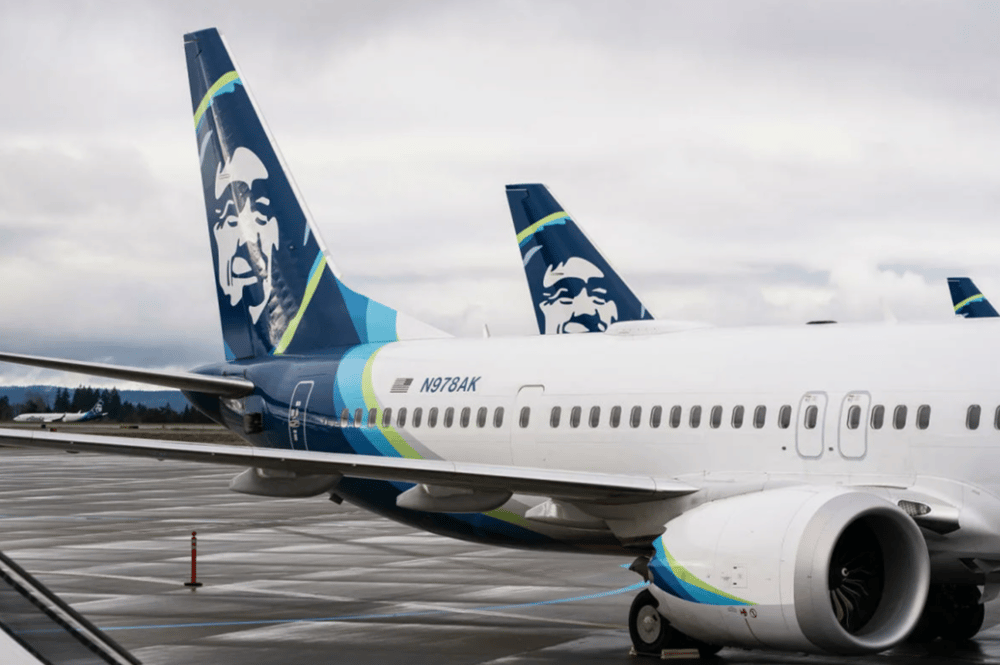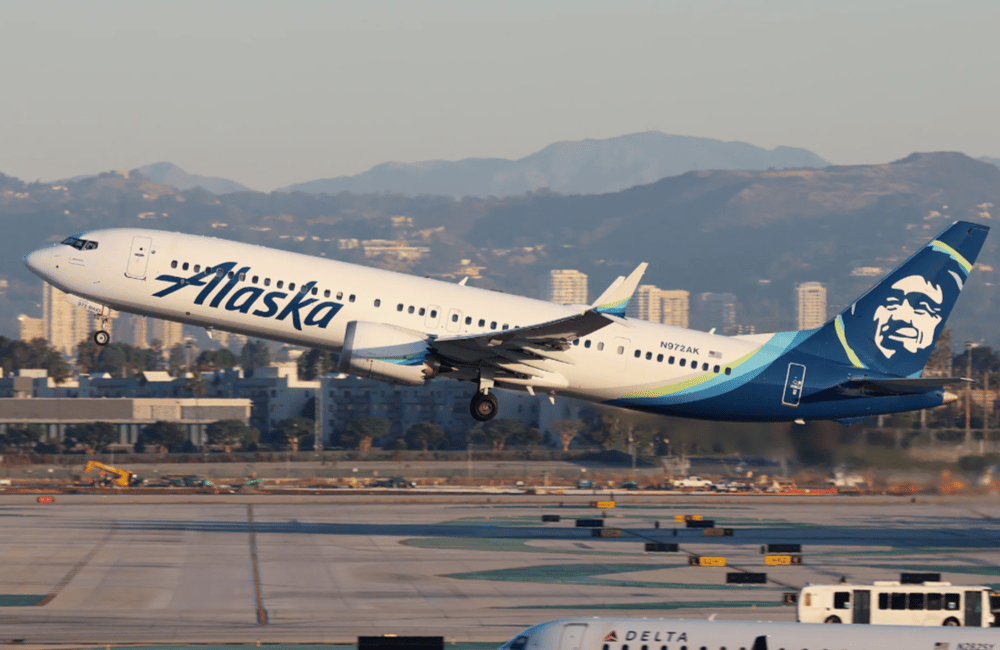FAA Maintains Boeing 737 MAX Production Limits Amid Post-Accident Safety Concerns
In the wake of the January 2024 in-flight incident involving Alaska Airlines’ Boeing 737 MAX, the acting head of the Federal Aviation Administration (FAA), Chris Rocha, announced that the agency currently has no plans to lift the production restriction limiting Boeing $BA to manufacturing 38 units of the 737 MAX per month. This limit was implemented following the accident where a Boeing 737 MAX aircraft operated by Alaska Airlines was found missing four critical bolts.
FAA’s position underscores continued regulatory caution toward Boeing’s flagship 737 MAX and 787 Dreamliner aircraft amid intensified safety scrutiny.
Examining the FAA’s Production Restrictions and Safety Oversight
The January 2024 accident involving the Boeing 737 MAX operated by Alaska Airlines highlighted serious manufacturing flaws, notably the absence of four essential bolts, crucial for the aircraft’s integrity. This incident compounded existing concerns from previous Boeing 737 MAX crises, prompting the FAA to maintain stringent production limits to ensure safety compliance.
The FAA’s production cap at 38 planes monthly, imposed after the initial 737 MAX grounding and subsequent recertification, remains in effect to avoid rushing manufacturing processes that could jeopardize safety.
Furthermore, acting FAA chief Chris Rocha emphasized that the agency is not contemplating changes to its certification policy. Unlike previous practices delegating certification responsibilities to Boeing, the FAA now independently inspects each Boeing 737 MAX and 787 Dreamliner before issuing airworthiness certificates. This heightened oversight aims to restore public confidence and prevent oversight lapses.

Brief Facts
FAA limits Boeing 737 MAX production to 38 aircraft per month.
Alaska Airlines 737 MAX incident involved missing four key bolts.
FAA acting chief Chris Rocha confirmed no plans to lift production limits currently.
FAA independently certifies each Boeing 737 MAX and 787 Dreamliner aircraft.
Production caps were introduced after the 737 MAX grounding and 2024 accident.
Boeing stock ticker: BA.N.
Safety inspections intensified to prevent manufacturing defects.
Market and Industry Reactions to FAA Policies
Market analysts view the FAA’s decision as a balancing act between ensuring aviation safety and supporting Boeing’s manufacturing efficiency. While the production limit constrains Boeing’s supply capacity and revenue potential, it reflects the FAA’s prioritization of rigorous safety standards.
Investor sentiment toward Boeing remains cautious, reflecting concerns over prolonged production restrictions amid a competitive aerospace sector. Airlines like Alaska Airlines face operational challenges when dealing with aircraft safety issues, increasing pressure on Boeing to enhance quality control.
The FAA’s insistence on direct certification inspections rather than delegation signals a shift towards more centralized regulatory control, aimed at preventing past oversights that led to significant reputational and financial damage for Boeing.

Key Points
FAA maintains 38 aircraft/month production limit for Boeing 737 MAX post-2024 accident.
Alaska Airlines’ 737 MAX had a critical manufacturing defect involving missing bolts.
Independent FAA certification replaces Boeing-delegated inspections.
Production limits impact Boeing’s manufacturing throughput and revenue potential.
Market reaction reflects cautious investor outlook on Boeing stock (BA.N).
Airlines face operational risks linked to aircraft safety and production delays.
FAA’s approach aims to restore trust and prevent future certification lapses.
The Broader Impact of FAA’s Boeing Production Limits on Aviation Safety and Industry Dynamics
The FAA’s continued enforcement of Boeing 737 MAX production restrictions highlights the agency’s commitment to aviation safety after repeated crises involving Boeing aircraft. By maintaining rigorous independent certification and capping monthly production, the FAA aims to mitigate risks associated with manufacturing defects.
This cautious regulatory stance has significant implications for Boeing’s operational capacity, investor confidence, and the wider aerospace industry. It underscores the critical balance between maintaining high safety standards and enabling manufacturing scalability. The incident involving Alaska Airlines reinforces the importance of thorough quality controls in aircraft production.
Looking ahead, the trajectory of FAA policies and Boeing’s adherence to enhanced oversight will be pivotal in shaping market sentiment and the future of commercial aviation manufacturing.















Comments
Innovative investment strategies are unlocking new growth opportunities across automation